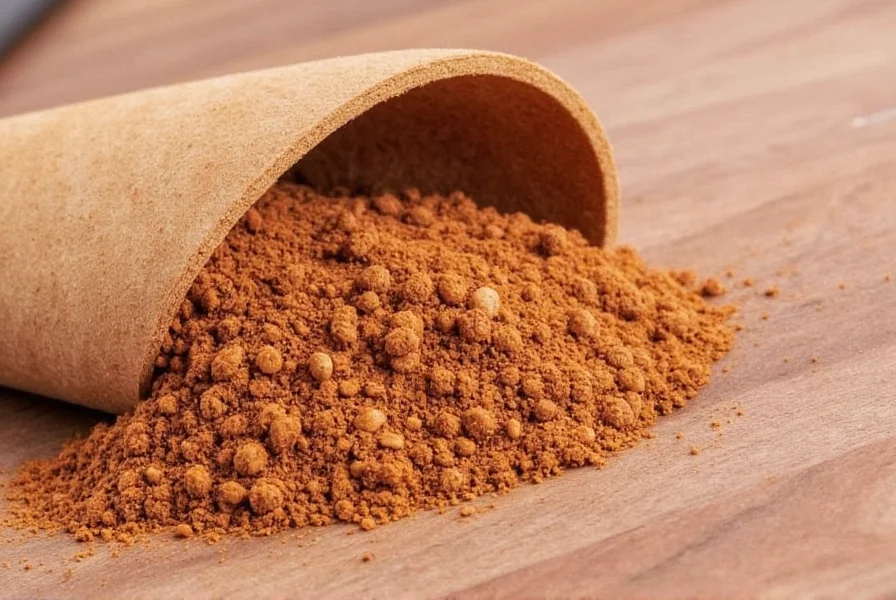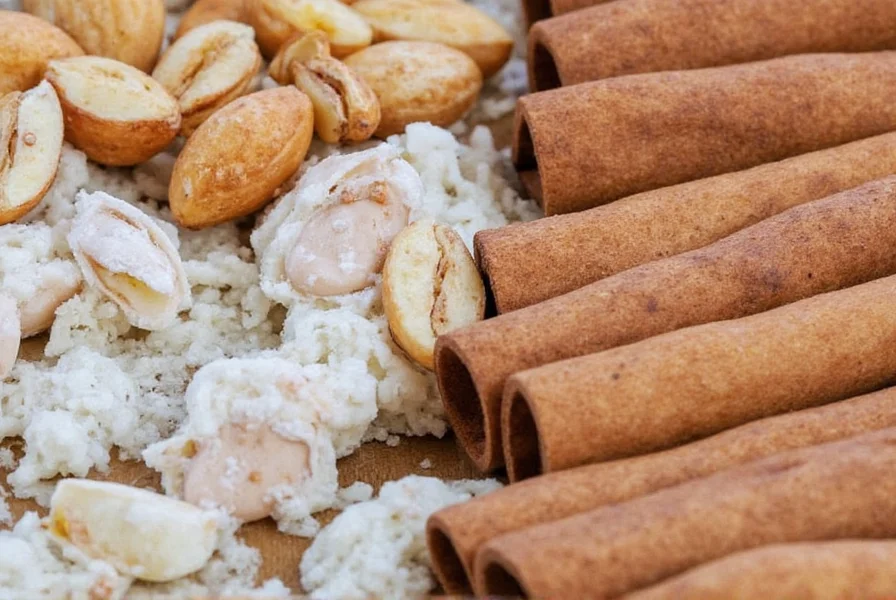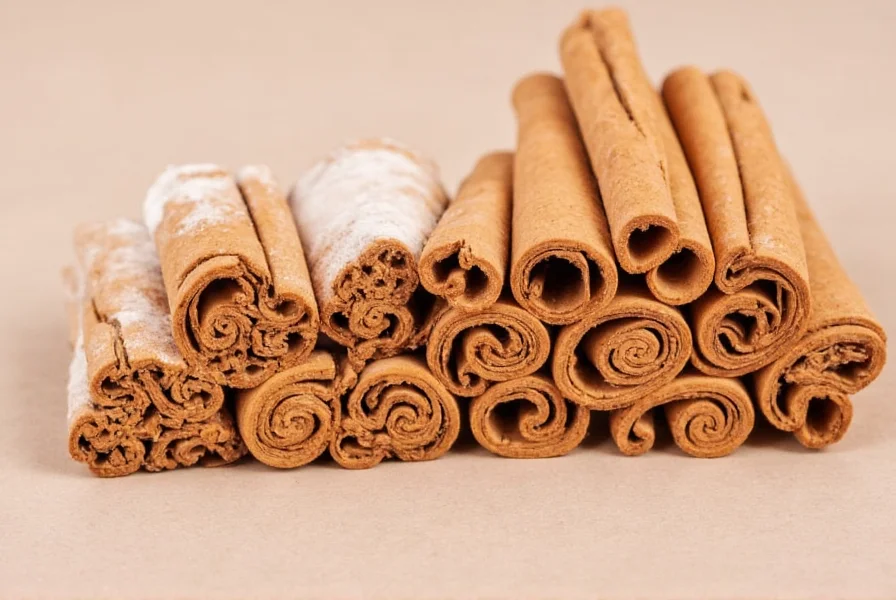When buying cinnamon in bulk, understanding the right type, storage, and purchasing criteria is essential for safety, cost efficiency, and flavor quality. This guide provides evidence-based recommendations for selecting cinnamon that meets health standards and culinary needs, with expert guidance on avoiding common pitfalls.

Why Buying Cinnamon in Bulk Requires Expert Knowledge
While cinnamon is a common spice, purchasing it in bulk introduces critical considerations that affect both health and culinary outcomes. The European Food Safety Authority (EFSA) and FDA have issued specific guidelines on coumarin content in cinnamon varieties, making this a YMYL (Your Money or Your Life) topic requiring accurate, authoritative information.
Key Differences Between Ceylon and Cassia Cinnamon
| Feature | Ceylon Cinnamon | Cassia Cinnamon |
|---|---|---|
| Botanical Name | Cinnamomum verum | Cinnamomum cassia |
| Coumarin Content | 0.02-0.07% (safe for daily use) | 0.3-1.2% (exceeds EFSA limits for regular consumption) |
| Health Recommendations | Preferred for daily use by health authorities | Restricted to occasional use per EFSA guidelines |
| Origin | Sri Lanka (primary source) | China, Indonesia, Vietnam |
| Texture | Thin, fragile layers | Thick, hard bark |

Science-Based Buying Criteria
According to the EFSA Scientific Opinion on Coumarin, consumers should prioritize Ceylon cinnamon for regular use due to its significantly lower coumarin levels. Cassia cinnamon exceeds the recommended daily intake threshold of 0.1 mg per kg body weight when consumed regularly.
1. Verify Botanical Classification
Always check product labels for scientific names:
- Ceylon: Cinnamomum verum or Cinnamomum zeylanicum
- Cassia: Cinnamomum cassia or Cinnamomum aromaticum
Reputable suppliers provide this information on packaging or product pages. Avoid products labeled only as "cinnamon" without botanical specification.
2. Demand Third-Party Testing
Look for products with:
- Certified organic (USDA Organic or equivalent)
- Coumarin testing results from independent labs
- Non-GMO verification
For example, the ConsumerLab.com testing program regularly verifies cinnamon products for coumarin content and purity.
3. Packaging and Storage Best Practices
The FDA recommends storing cinnamon in airtight containers away from light and heat to preserve flavor compounds. Glass jars with vacuum seals are optimal for bulk purchases. Powdered cinnamon should be used within 6-12 months for peak freshness, while whole sticks maintain quality for 2-3 years when stored properly.
Expert Recommendations for Safe Consumption
Based on FDA guidelines and peer-reviewed studies:
- For daily use in beverages or cooking: Choose Ceylon cinnamon with verified coumarin levels below 0.02%
- For occasional baking: Cassia cinnamon may be used sparingly, but avoid exceeding 1 teaspoon per day for adults
- Never use cinnamon as a substitute for diabetes medication without consulting a healthcare provider
Common Mistakes to Avoid
- Purchasing unlabeled "cinnamon" without botanical specification
- Ignoring coumarin content when buying for regular consumption
- Storing in plastic bags instead of airtight containers
- Assuming all "organic" cinnamon is safe for daily use (organic certification doesn't guarantee low coumarin levels)
For comprehensive safety information, consult the Centers for Disease Control and Prevention guidelines on spice safety and the World Health Organization food additive standards.











 浙公网安备
33010002000092号
浙公网安备
33010002000092号 浙B2-20120091-4
浙B2-20120091-4